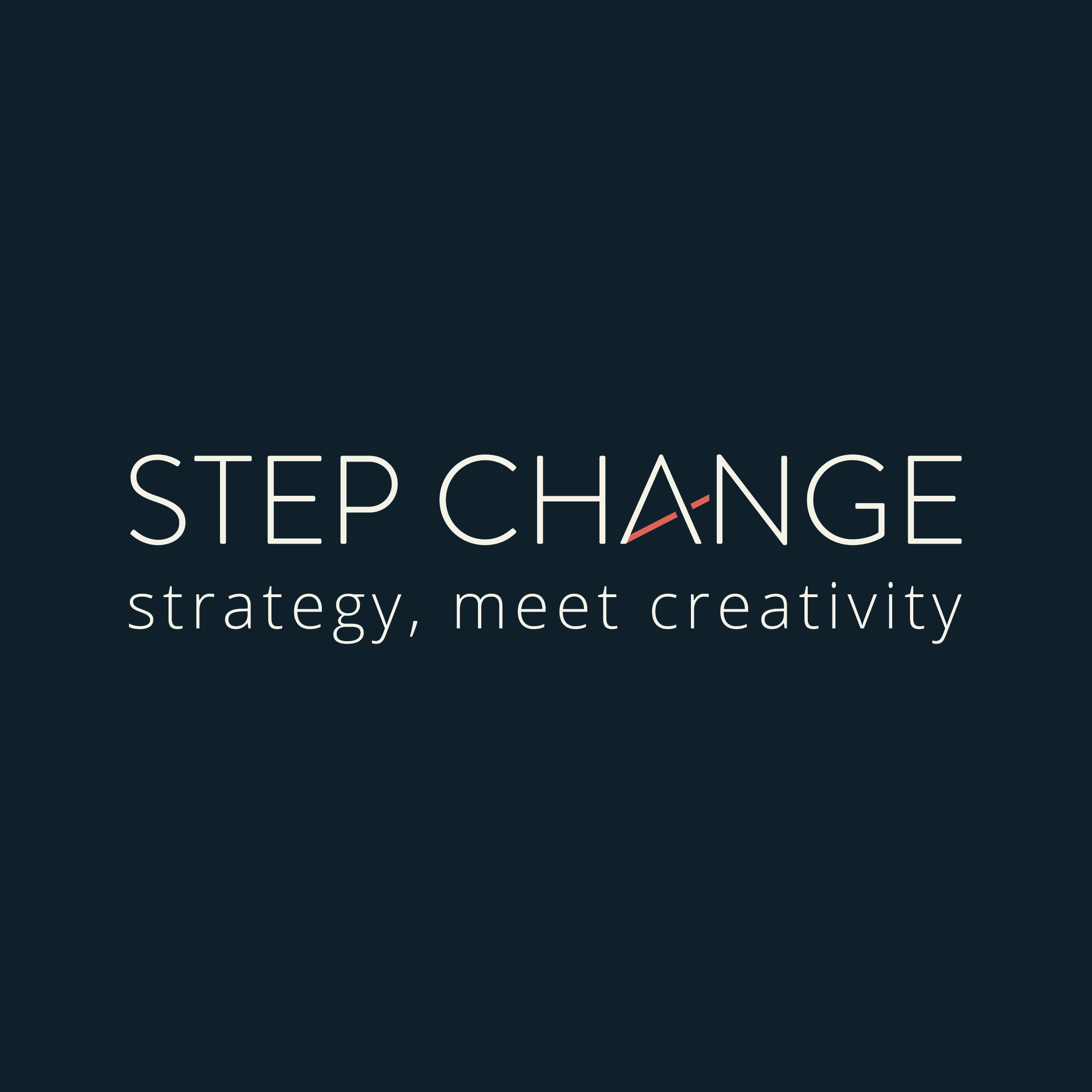Earlier this year, CB Insights analysed 101 startups post-mortem to know why startups fail, and the number 1 reason has nothing to do with technology.
Insight: The top reason businesses flame out is they are solving problems no one has.
Data: CB Insights surveyed failed startups, and this is what they discovered: 42% of businesses failed because their product did not solve a market pain point.
Key Action Point: Build a product that serves a market need. Learn our strategists’ top strategic tips on achieving product/market fit.
This is fundamental for businesses, most especially for startups. Your product should be a solution to a market problem. The problem should be big enough so that you could introduce your solution at a much bigger playing field.
Stop building something people don’t need. Here are key things you need to know about product-market fit.
To start, take a look at these examples. What do they have in common?
- UBER. A year after its launch, UBER’s growth was exponential. For every seven rides, word of mouth from existing riders generate a new rider
- Instagram. The founders saw 25K sign-ups on the first day of launch and over 30 million users in two years
- Dropbox. The file-hosting service experienced a 1,400% boost in sign-ups for the waiting list after they posted their beta video.
These three companies experienced rapid, massive growth because they have product-market fit.
Product-market fit (PMF) is “being in a good market with a product that can satisfy that market” (Marc Andreessen). It’s about providing substantial value to a specific market, and people actually loved it.
Do you want your business to experience sustainable and rapid growth? Are you looking to increase sales and improve your ROI?
Finding the right product-market fit will set the pace for how it survives the current competitive landscape.
More than having a great product, you have to anticipate the current need of your audience in order to resonate with them and become relevant.
So how do you achieve product/market fit?
4 Tips to Achieve Product-Market Fit
Here are key solutions to align your product with the market.
Know Who Needs Your Product
You need to first identify your target customer. Who needs you and why?
To answer this, it will be helpful if you create a buyer persona, which is a semi-fictional representation of who your ideal customer is.
How can you give them what they need? You need to make sure that this customer can benefit from your product and in the long run become an ambassador for your brand as well.
Once you know who your target buyer is, the next step is to understand their triggers and needs.
What thought or moment in their day would likely trigger them to think about your product? What current needs do they have that match a good market opportunity? And how do you make sure you are there and visible to them when they have that micro-moment?
Recommended reading: The Ultimate Guide to Creating Actionable Buyer Personas
Know Who’s Got Your Money
Now that you have a basic idea of who your customers are, you need to know exactly who they are talking to on the other end of the line and position yourself against them.
Who are your biggest competitors? Ask yourself what they are doing differently and why it is working. More importantly, what are their pain points, and what are they not offering?
Understanding these will help you come up with an effective strategy that will help you level the playing field before working on a strategy that will help you dominate the market.
Recommended reading: Turning Marketing on Its Head: The Rise of Predatory Marketing
Look for the Value They Can’t Match
Write down a list of all the features, benefits, and implications of your product. Identify your competitors and drill down on that one important value that they can’t satisfy.
Find that gap and work to become great at it. Once you’ve found that one thing you can be really good at, use it to feed your value proposition and stand out from everybody else.
There will be lots of opportunities to share the rest of these product values to your potential customers, but what you need first is to get their attention by focusing on that one specific value proposition.
To help you determine that, ask yourself, “What’s our buyer persona’s biggest pain point right now, and how can we fill that gap?”
Recommended reading: Create a Value Proposition that Makes People Buy
Identify the Pain
To actually know if your product has achieved product/market fit, our CEO, Ashton Bishop, shared these guide questions.
- Is there pain there?
- Is it a pain that’s currently unsatisfied?
- Is it a pain that you think you can solve?
- Is it a pain that they are willing to pay for?
Recommended reading: 4 Ways to Identify Unmet Customer Needs
Find the Right Partnerships
Strategic partnerships is a brilliant way to get your product in front of another business’s customers.
By collaborating with other brands, you are able to amplify your brand’s message and get to as many new audiences as possible.
What you want to look for is an aligned, non-competitive, like-minded partner. A brand that’s already in the B2B space who could potentially provide complementary services for your product.
Once you find one, build and nurture a lasting relationship with that brand. You can do this by ensuring your partnership benefit both brands. Here are a few ways you can exchange value:
- Harness the reputation of the partner brand while offering them brand exposure to more clients
- Guest posting on each other’s blogs or participating in each other’s podcast
- Whilst executing a marketing campaign together, you may share the emails you captured
Conclusion
It doesn’t matter how brilliant we think our idea or offering is. You have to have a market who need it and are willing to pay for it.
Finding PMF is a validation that indeed what you’re offering is able to meet the needs of a market that can sustain your business.
Editor’s note: This article was originally published in December 2017 and has been updated with additional relevant information for comprehensiveness.
















